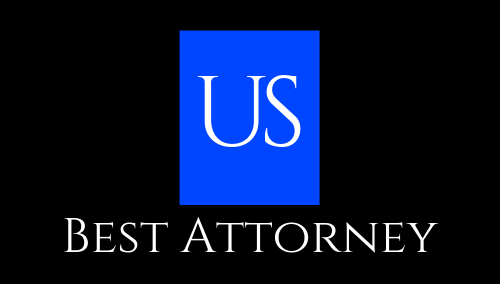Car Accident Lawyer
Car accidents are prevalent and are challenging to prevent, despite best efforts; sadly, when a car accident happens, victims will be left to face severe consequences such as physical injuries that can forever change a person’s life; because of this, victims may turn to a car accident lawyer who can assist in seeking compensation for the losses victims experience as a result. Accidents are a regrettable reality of the modern world, especially those involving motor vehicles. Fortunately, several general principles can help to establish fault and determine liability. The following outlines five critical steps involved in this process of determining liability after a car accident:
1. Analyzing the Police Report
The first step to determining liability is to consult the police report. Police reports offer an objective account of the accident. They can provide critical details such as the damage incurred, any violations of traffic laws, and statements from the parties involved and witnesses. This report is a foundational document that insurers and legal professionals use to establish a preliminary understanding of the accident.
2. Understanding Traffic Laws
The traffic laws specific to your state or region play a vital role in determining liability. Understanding these laws can help evaluate whether any party has violated them, leading to the accident. Did one driver ignore a stop sign? Was one speeding? If a violation directly resulted in the accident, the violating party will likely be deemed at fault.
3. Evaluating Vehicle Damage
Physical evidence, particularly vehicle damage, can offer invaluable clues to reconstruct the accident and help determine who is liable. Examining the location and severity of damage can indicate the dynamics of the crash, often pointing to the responsible party. Professionals such as accident reconstruction experts can help interpret these physical signs accurately.
4. Considering Driver Statements and Witness Accounts
The statements of the drivers involved and those of any witnesses also play a critical role in establishing fault. Though subjectivity and bias can come into play, these accounts provide firsthand insight into the incident. Comparing these narratives with other evidence helps confirm or challenge their validity.
5. Consulting a Lawyer
Consulting a lawyer with experience in auto accident claims can be highly beneficial. They can help navigate the complex legalities involved and ensure that all evidence is accurately interpreted. Furthermore, a lawyer can advocate for their client’s interests, challenging any unfair allocation of fault or helping negotiate a fair settlement if they are found partly liable.
Determining liability in a car accident claim can be a complicated process, involving the careful analysis of police reports, local traffic laws, vehicle damage, driver statements, witness accounts, and, often, legal guidance. By understanding these critical steps, victims can better navigate the aftermath of a car accident, ensuring that liability is fairly and accurately assigned. Remember, each accident is unique, and the process may vary accordingly. However, being well-informed and prepared can make a significant difference in such a challenging situation.
